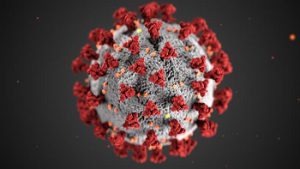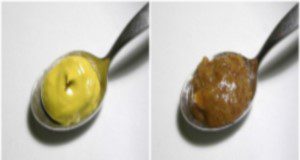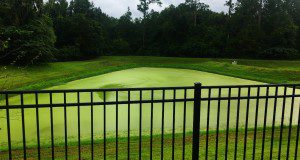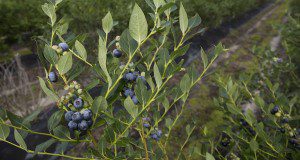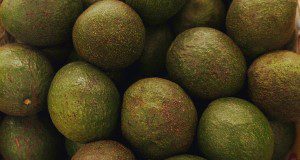¿Qué desinfectantes se deben utilizar?
¿Cómo deben manejarse las superficies y las áreas de auto servicio?
This is a Spanish language translation of FSHN20-09/FS332: COVID-19 FAQ for Grocery Stores: Cleaning and Disinfection, written by Natalie Seymour, Mary Yavelak, Candice Christian, and Ben Chapman (NC State University Extension), translated by Nelly Nelson, and published by the UF/IFAS Food Science and Human Nutrition Department.
https://edis.ifas.ufl.edu/fs356
